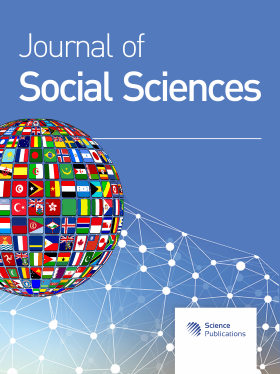An Analysis of Performance in Elite Young Cross-Country Skiing: Classical Style Vs Skate Skiing
Abstract
Problem statement: The aim of this study was to assess the differences in the skiing performance of two skiing styles (classical style Vs. skate skiing), in a group of young high-level skiers. Approach: Four high-level male junior cross-country skiers from the Centre of Winter Sports of Aragon (Spain), were selected for this study that was developed during two competitions: 10 km free technique and 10 km classical technique performed in the same circuit and under the same conditions (snow quality, temperature, wind and relative humidity). Physiological variables, maximal and medium heart rate, blood lactate concentration (basal, final and during the recovery, after 2, 4, 6, 8 and 10 min) and medium skiing speed, were analyzed with GPS Garmin Forerruner 305® Heart Rate Pulse and Lactate Dr. Lange analyzer®. Normally distributed data (Kolmogorov-Smirnov Test and Shapiro-Wilk) were statistically analyzed with one way ANOVA and t-Test for post-hoc comparisons (p<0.05). No-normally distributed data were analyzed with the Friedman and Wilcoxon Tests (p<0.05). Results: No significant differences have been recorded in the medium skiing speed, maximal and medium heart rate between the two styles. The peak heart rate was the same in both styles (188 bpm), although medium heart rate was lower in skate skiing vs. classical skiing (165 bpm Vs. 175 bpm). Blood lactate concentrations recorded significant differences during 4, 6, 8 and 10 min of recovery, being higher in free technique (12.7±1.7; 11.4±1.8; 10.4±1.4 and 8.9±1.6 mmol L−1 Vs. 8.7±1.3; 7.5±1.6; 6.3±1.3 and 5.6±1.1 mmol L−1, respectively). Conclusion: The results of this study suggest that skate skiing generates a higher impact on the cross-country skier than classical skiing, due to higher blood lactate concentrations during 4, 6, 8 and 10 min of recovery. The own characteristics of the free technique may be the reason of the lower mean heart rate.
DOI: https://doi.org/10.3844/jssp.2011.565.568

- 6,996 Views
- 4,874 Downloads
- 6 Citations
Download
Keywords
- Cross-country skiing
- classical style
- skate skiing
- lactate
- heart rate
